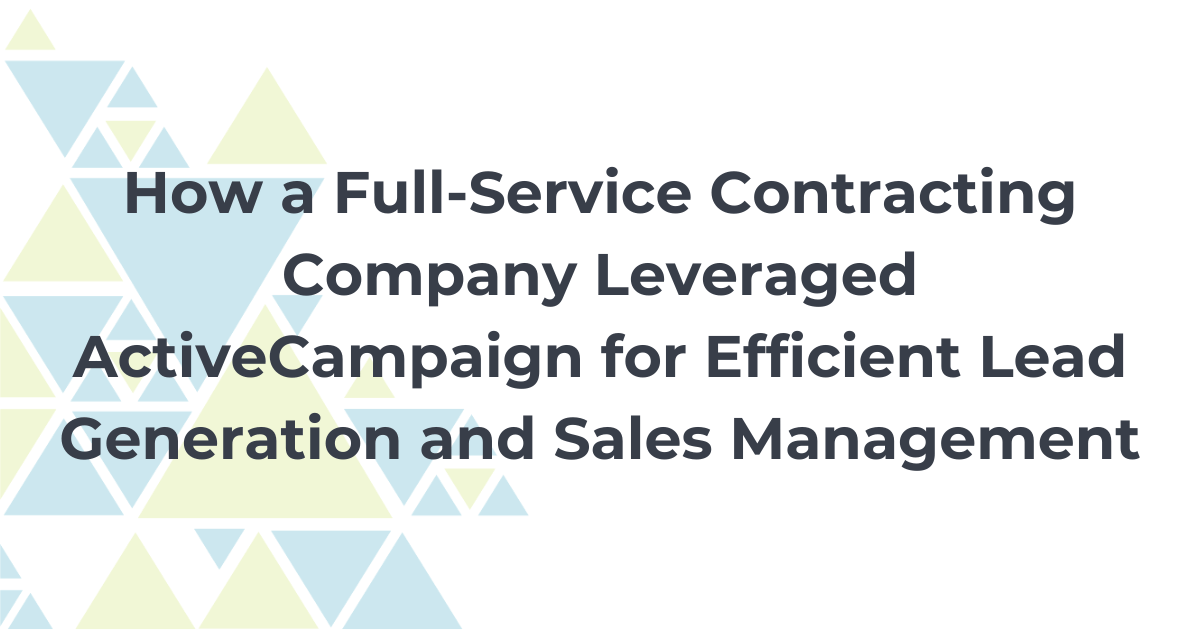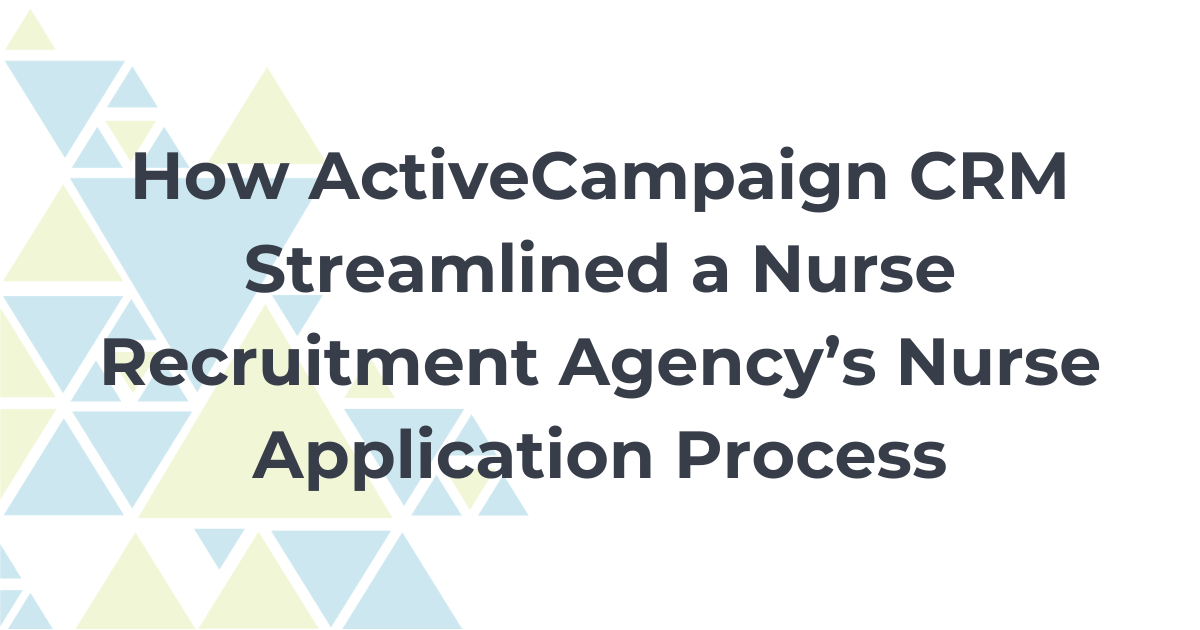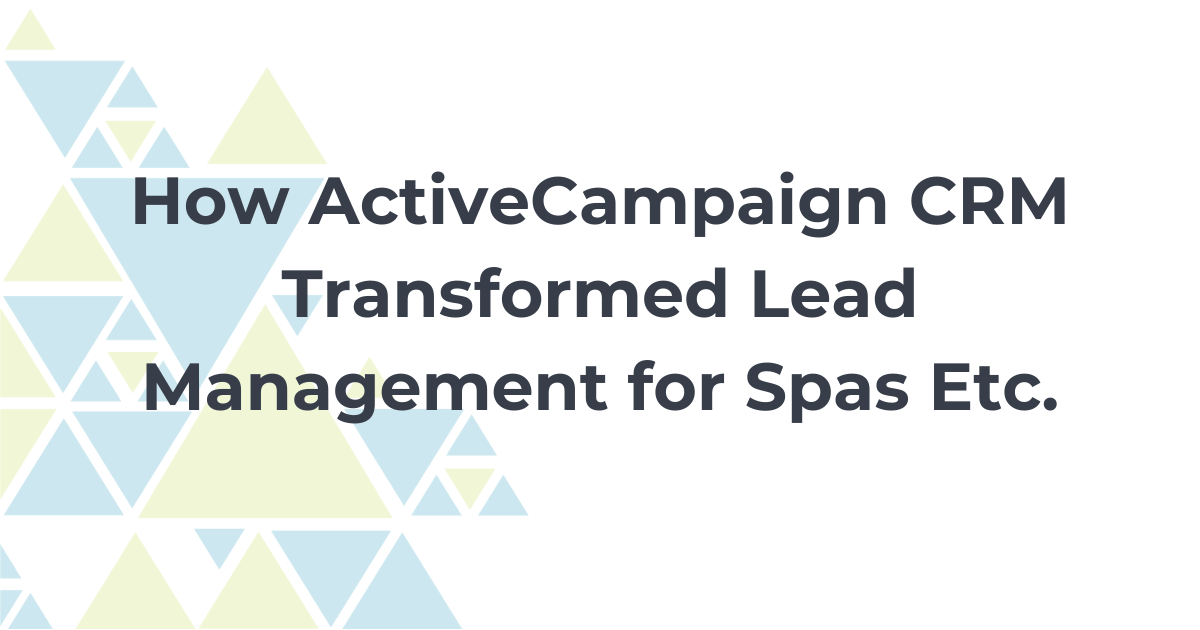Have you ever had to learn something, like a process or procedure and then have to perform it on demand?
Like being able to perform CPR in the event of an emergency?
During a time like this, were you able to remember and perform exactly as required to perfect expectations?
Every day we put a lot of demand on our brains to perform… and sometimes, our brain can’t always handle this demand.
We forget, and we make mistakes… or worse, we freeze up, and we don’t do anything!
How can you help your audience remember your message when they need to use it in the real world?
In this vlog, you’ll learn the difference between receiving and learning information, and how to ensure that your audience will be able to apply your information when they need it.
The Big Day
Picture this: A young woman standing in front of a panel of faculty, getting barraged with question after question about her work so far–three to four years worth of information.
For her, it’s all coming down to one single moment.
But she’s studied really hard. She’s prepared. She walks into the room confidently.
She is ready for this day.
Yet as she’s fielding all these questions, she’s feeling a little nervous. Her palms are a little sweaty. Her mouth is a little dry. She wishes she could go back home and hide under her blanket instead of having to face this academic firing squad.
She looks at her cheat sheet of answers that she’s allowed to bring. It is crammed with information, written in tiny print. The words are starting to swim as she squints at what she’s written.
All these eyeballs are staring at her. She feels like they can all see right through her.
With all the knowledge that she’s learned over the past few years, can she recall it well enough to convince this panel that she should graduate?
Well, that young woman was me, at my oral comprehensive exam in graduate school. It was a scary, intimidating, make-or-break moment in my academic career. I had to pass this exam to graduate, so the pressure to do well was immense.
In fact, I had a job offer that was pending graduation!
But I am happy to tell you that I passed!
As I prepared for my exam, I probably pushed the limits of my brain. I had to cram in years of knowledge in a way that I was able to successfully recall it to answer the exam questions.
I did feel like all that I had learned was starting to leak out of my ears, like a shaken soda can ready to burst!
The Brain–Limitless and Yet Limited
So although our long-term memory is practically infinite, the short-term memory or working memory has its limits.
For example, we know that while forgetting depends on many factors, research shows that on average, students forget 70 percent of what we teach within 24 hours of the training experience (Learning Solutions Magazine).

Learning retention days after the training event. Source: Learning Solutions Magazine.
According to learning transfer theory, it takes repeated action, situations, and experience to be able to transfer knowledge and skill from short-term to long-term memory. (You know this… we’ve been talking about it through this blog series on Gagne’s 9 Events of Instruction).
Researchers say that we can keep up to seven items of information in our working memories (like a seven-digit phone number). More than this? It starts to go in one ear and out the other.
On an everyday basis, we typically don’t have to deal with high-pressure events like an oral comprehensive exam in grad school–and thank goodness! However, we are constantly performing actions, based on behaviors we learned and habits that we have formed.
As a business owner, I always want to make sure that I am spending my time, money, and resources on activities that are benefiting me in some way. That’s why it’s really important to me to deliver info products that are highly valuable to my audience–both in the short-term and in the long term. After all, busy entrepreneurs do not have time to waste!
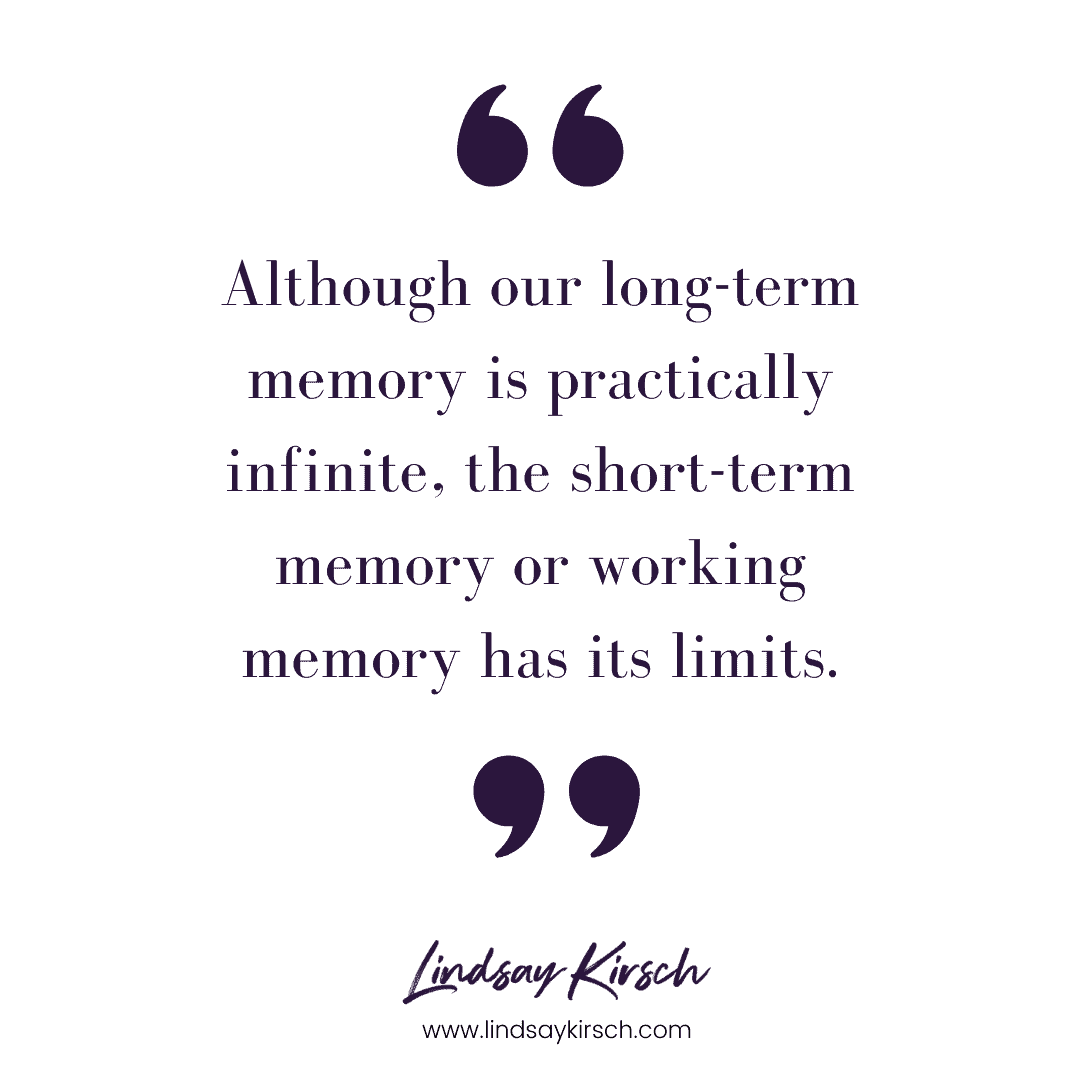
So how can we help our audience take the new information and knowledge that we have given them, and be able to remember it and USE it, when out in a real-life scenario that may have its own high stakes?
But even when the stakes aren’t high, we still have to be able to perform… like sometimes, as a mom, I find it hard just to remember what our activities are for the day!
According to Core Axis, retaining information in a learning environment is also one of the biggest challenges learners face. Human beings are naturally wired to forget information they don’t specifically focus on retaining and forget it quickly.
Therefore, if you are looking to create an effective info product, you must help your audience apply and continually utilize what they learned to real-life.
One Last Time with Gagne’s Nine Events of Instruction
Our journey with Robert Gagné’s nine events of instructions comes to an end, but here’s what we’ve covered so far.
- The first event: Grab your audience’s attention.
- The second event: Paint the big picture of where you’re headed with your content.
- The third event: Create bridges between previously learned and new knowledge through memory recall.
- The fourth event: Provide your content.
- The fifth event: Guide your audience through your content.
- The sixth event: Provide safe places for your audience to practice what they learned.
- The seventh event: Give timely and helpful feedback.
Finally, the last and final event: Help your students transfer your information to real-world success.
Knowledge is Power – Once You Apply It
In [info products], we’re trying to change [a person’s] behavior or to create new habits. We’re trying to enable better decisions or reduce mistakes. In short, we’re trying to influence how others behave (Training Industry).
If you have gone through the trouble of creating content, and your learners have gone through the trouble of signing up for your course and taking it, you want the content to produce positive results. (Not just go in one ear and out the other! That’s an info dump!)
That’s really what my oral comprehension exam was about–a test to see how much information I retained and how well I could apply it to given scenarios and different application circumstances.
Information might motivate us when we first hear or see it. It might create some new excitement and energy that helps to propel us forward–but this still isn’t the highest level of learning.
We might work through different exercises to practice what we learned, get feedback, and become better… but we still aren’t in the real world yet.
There’s a difference between receiving information and retaining information–and that difference is when we return to our own everyday lives and apply the information to action.
Ways to Promote Transfer of Learning
To help your audience beyond the learning event, here are a variety of strategies for learning transfer:
- Include real-life scenarios in your practice activities. Allow the learner to experience an “as close as possible” scenario to apply what they learned. Learners should then be able to migrate easily back into their environments and seamlessly apply new knowledge and skills.
- Provide content summaries at the end of each of your lessons. While a learner may not remember everything you taught word-for-word, a content summary will help them recall lessons when they need a quick refresh.
- Leverage the learning community that formed throughout the course. Encourage your audience to revisit it to share experiences and ask questions. Keep this community open indefinitely.
- Provide “job aids” that help people when they need to make a decision based on their new learning. A job aid could be a checklist, process, or procedure–anything that helps an individual recall what they learned and bring it to the current situation. You can find some tips and tricks on how to create good job aids here.
- Provide “booster” events that revisit content and lessons beyond just the course. Again, continually providing your audience with activities to reference and remind them of what they learned. (Hey, this might even turn into a membership product!)

How Booster Training Events Impact Learning Retention. Source eLearning Solutions Magazine.
If your learners practice enough and have take-home reminders of what they have learned, it’ll be much easier for them to not only recall the information you’ve given them, but they will be much more likely to apply the information in the real-world.
Your Content: A Benefit or a Burden?
We all are drowning in information every day. Texts, tweets, emails, Facebook posts, articles, blog posts, books, and TV shows of all sorts. There are so many sources of information competing for our attention.
It takes a lot to cut through all the noise and have your content front and center for your ideal audience. If you’ve put in the effort to create quality content, you want to make sure it’s just not another thing to wade through or procrastinate to use.
Help your audience know exactly what actions they have to take and how based on the content of your info product. Give them the confidence, to perform the actions not just more information to sit on and forget.
Here’s something to think about from The Checklist Manifesto by Atul Gawande:
“[T]he reason is increasingly evident: the volume and complexity of what we know have exceeded our individual ability to deliver its benefits correctly, safely, or reliably. Knowledge has both saved us and burdened us.”
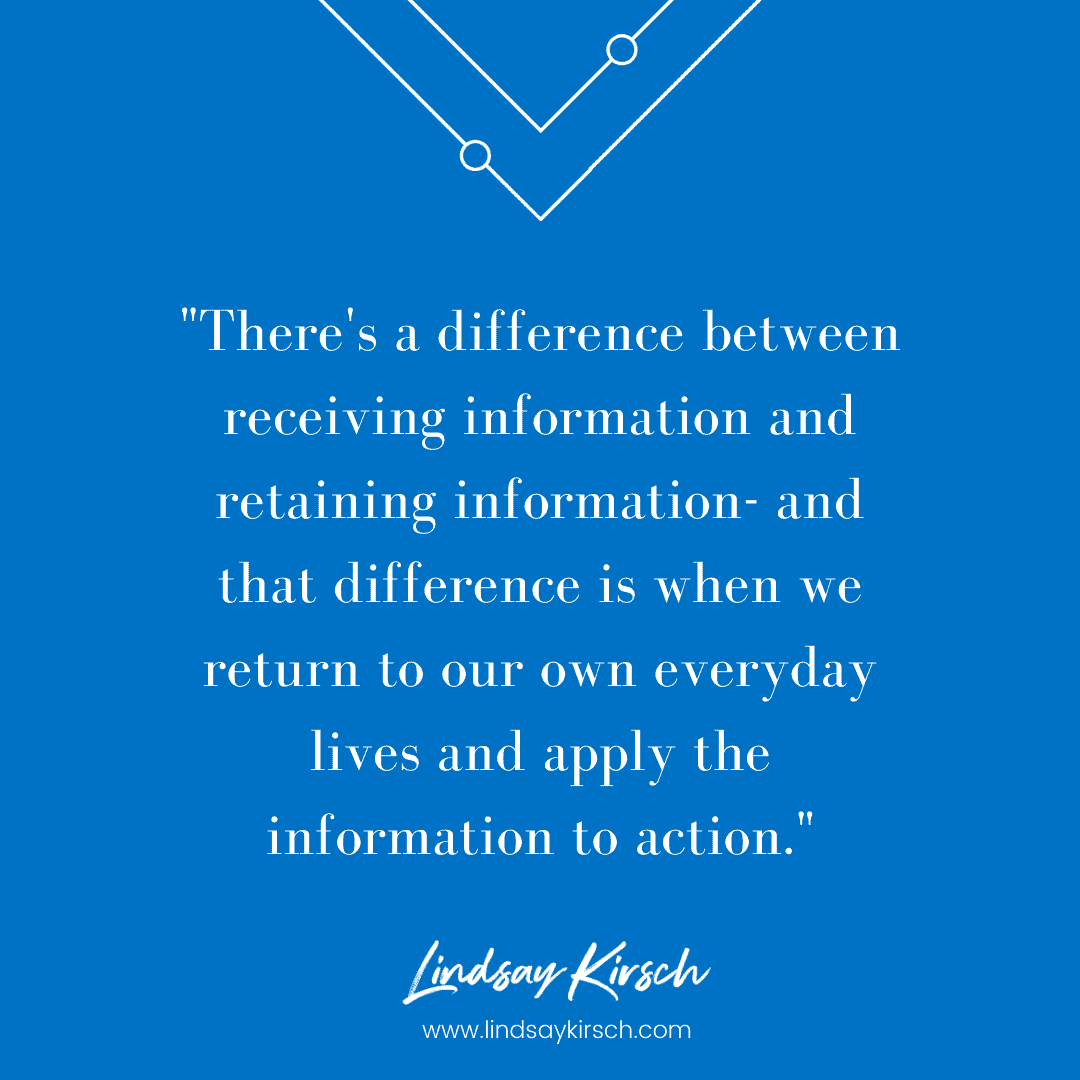
So once someone chooses to learn your content, or signs up for your course or program, you want to make sure that it’s worth their time and money, well beyond the time they finish the last module or take that certification test.
Our goal as teachers is to create a new way of being for our students. We don’t want to create a new burden.
Your content should be making someone’s life easier or better. They should feel confident to perform their new knowledge and skills on the job that they learned it for.
The Power of Positive Transfer of Learning
Right now, a lot of business is creating info products as a way to quickly earn cash from their audiences. They are dumping information in their audience’s lap, but not providing them with the follow-through methods that really allow their audience to take action and create an impact.
It’s a terrible feeling to pay for a digital course and leave it unfinished. Or, you do finish it, but you don’t apply the knowledge you’ve learned. Or, you do apply what you’ve learned, and you don’t get the results you were looking for or were promised.
I want to help you to give your audience the maximum benefits of your product.
After all, you are the expert!
You can do this by providing your audience with the content, guiding them through practice activities, and then helping your audience apply it in a real-life context.
And, if you set your audience up for success from the beginning, as well as effectively support them all along on their learning journey, you can ensure that they will not only complete your course, they will be able to create real results.
And this will make a big impact on their lives and to your business as well. Your audience will have the taste of success and come back for more!
How are you going to empower your audience to succeed? I’d love to hear more ideas on how to help transfer learning in the comments below!

